Chemical Peel
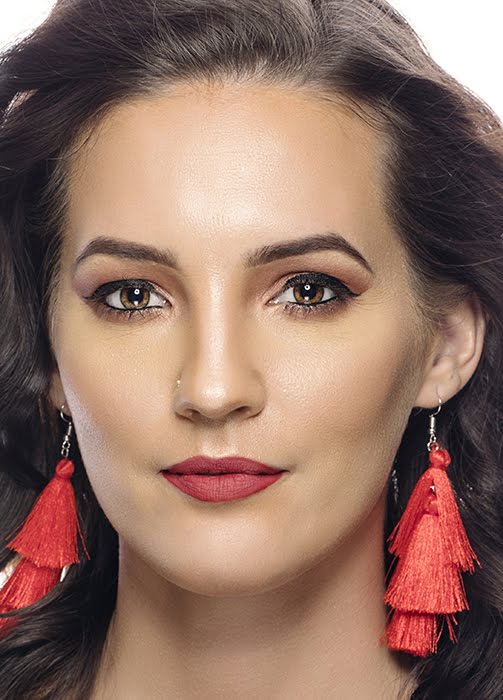
- Reduces fine lines under the eyes and around the mouth.
- Treat wrinkles caused by sun damage and aging.
- Improve the appearance of mild scars.
- Treat certain types of acne.
- Reduce age spots, freckles, and dark patches (Melasma) due to pregnancy or taking birth control pills.
- Improve the look and feel of skin.
Book an appointment today and talk to our experts.
Faq’s
Types of Chemical Peel
There are three basic types of chemical peels
Superficial peel: Alpha-hydroxy acid or another mild acid is used to penetrate only the outer layer of skin to gently exfoliate it. The treatment is used to improve the appearance of mild skin discoloration and rough skin as well as to refresh the face, neck, chest or hands.
Medium peel: Glycolic or trichloroacetic acid is applied to penetrate the out and middle layers of skin to remove damaged skin cells. The treatment is used to improve age spots, fine lines and wrinkles, freckles and moderate skin discoloration. It also can be used to smooth rough skin.
Deep Peel: Tricholoracetic acid or phenol is applied to deeply penetrate the middle layer of skin to remove damaged skin cells. The treatment removes moderate lines, age spots, freckles and shallow scars. Patients will see a dramatic improvement in skin appearance. The procedure is used on the face and only can be performed once.
Who are best candidates for Chemical Peel ?
An ideal candidate for a chemical peel is in good physical health, understands the procedure, and has realistic expectations of the outcome. You are likely to be pleased with the results of a chemical peel if your goal is to alleviate acne, smooth wrinkles, improve skin texture, eliminate age spots, or reduce the effects of sun damage.
How is Chemical Peel procedure performed ?
The chemical peel is performed in our clinic as an outpatient procedure, meaning there’s no overnight stay. Firs,t your skin is cleaned thoroughly. Then one or more chemical solutions are applied, such as glycolic acid, trichloroacetic acid, salicylic acid, lactic acid, or carbolic acid (phenol), to small areas of your skin. That creates a controlled wound, letting new skin take its place. During a chemical peel, most people feel a burning sensation that lasts about five to ten minutes, followed by a stinging sensation. After the skin peel solution has been on the skin for the prescribed amount of time, it is washed off with water. A soothing ointment is then applied. Putting cool compresses on the skin may ease stinging. You may need pain medication during or after a deeper peel.
When will i see the results ?
Results can be seen from the very first treatment session but depending on your requirement multiple sessions may be needed. Chemical peels create a very very mild controlled wound which heals quickly. Along with this new collagen is formed which makes the skin tighter and smoother. The number of treatment sessions required to treat you depend upon the type of skin and existing blemishes or photo-damage. Usually, it takes around 6 to 8 sessions but some may require as many as 10 sessions and may require further maintenance sessions at half yearly intervals.
What are the risks and safety considerations ?
Our trained team of Medical and nursing professionals have performed many procedures. We give utmost importance to patient safety. This is also one of the most performed cosmetic treatment procedure throughout the world. An inexperienced health care provider may end up burning your skin. Burned skin will heal by scarring which can be difficult to treat.
In some people, Chemical Peel treatment can cause pigmentation changes in the skin. Some types of skin may become hyperpigmented and will be required to be further treated with cream or ointment. Others may develop hypopigmented spots which are lighter than the surrounding skin.
In some acne-prone individuals, acne can flare up after the treatment. Some people may not have expected results because of resistant skin.
What are the After-Procedure instructions and precautions ?
Peeling usually involves redness followed by scaling that ends within three to seven days. Mild peels may be repeated at one to four-week intervals until you get the look you’re after. You’ll need to avoid the sun for several months after a chemical peel since your new skin will be fragile. Proper use of sunscreen and follow aftercare instructions given to you at the time of treatment is of utmost importance.
Conditions Treated
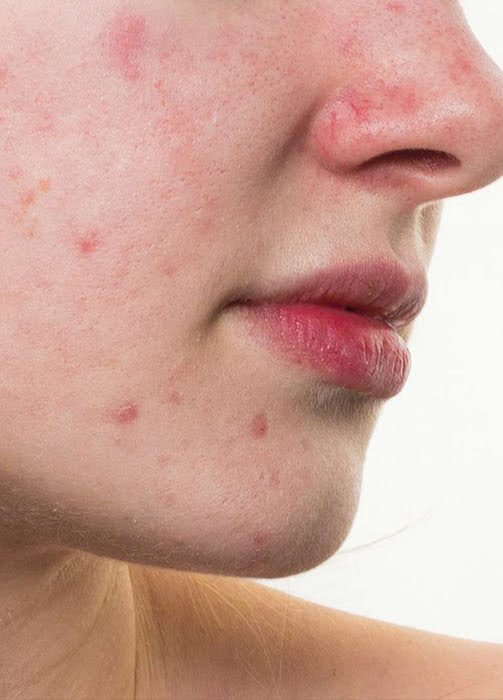
Acne
Acne is an inflammatory disease caused when the sebaceous gland (found in the hair follicle) which produces oil, or ‘sebum’ get blocked. There are many reasons for this blockage but the end result is …
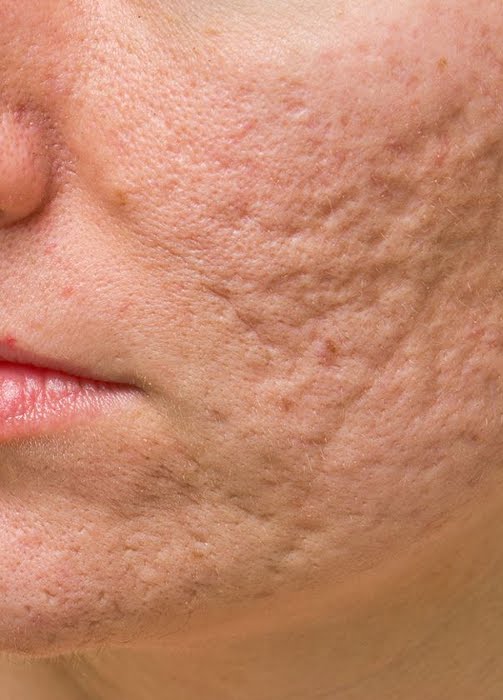
Acne Scars
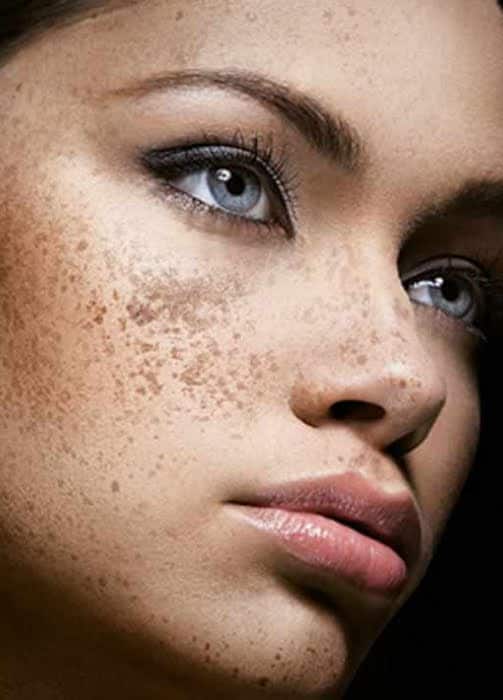
Melasma
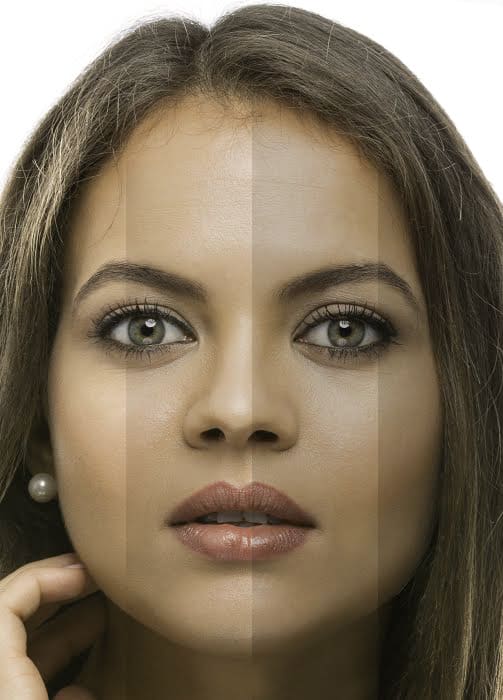
Uneven Tone
The skin of our face is not monotone. There is a subtle variation between dark and light regions. But the difference between darkest dark and the lightest light is not much. It is ever so slightly with a smooth merging …
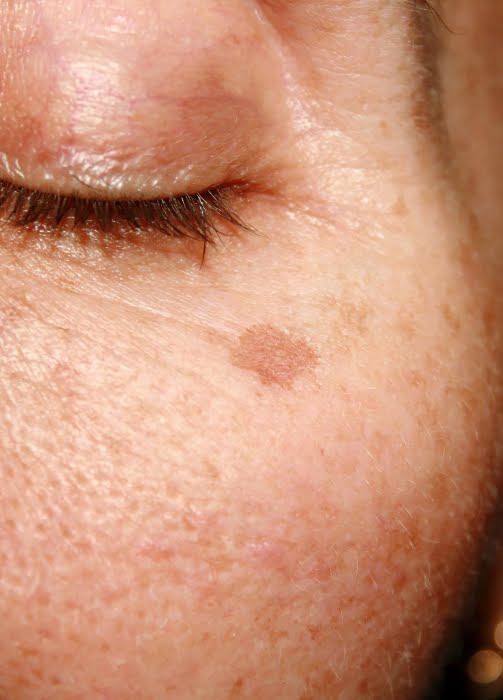
Age Spots
C-SCHEME
O-5, Hospital Road, C-Scheme, Jaipur – 302001
PRATAP NAGAR
Sector 22, Pratap Nagar, Opposite NRI Colony Gate No.1.